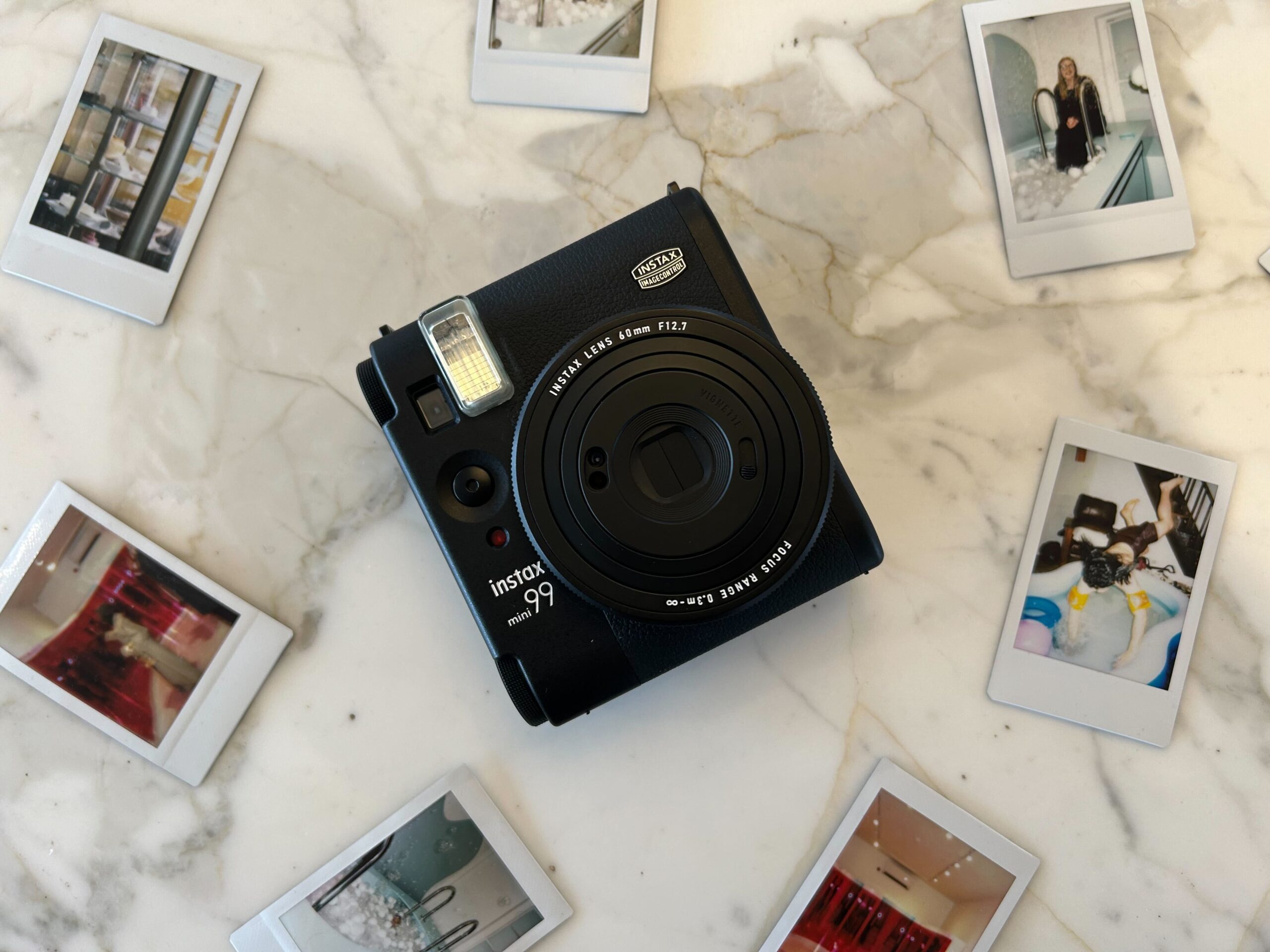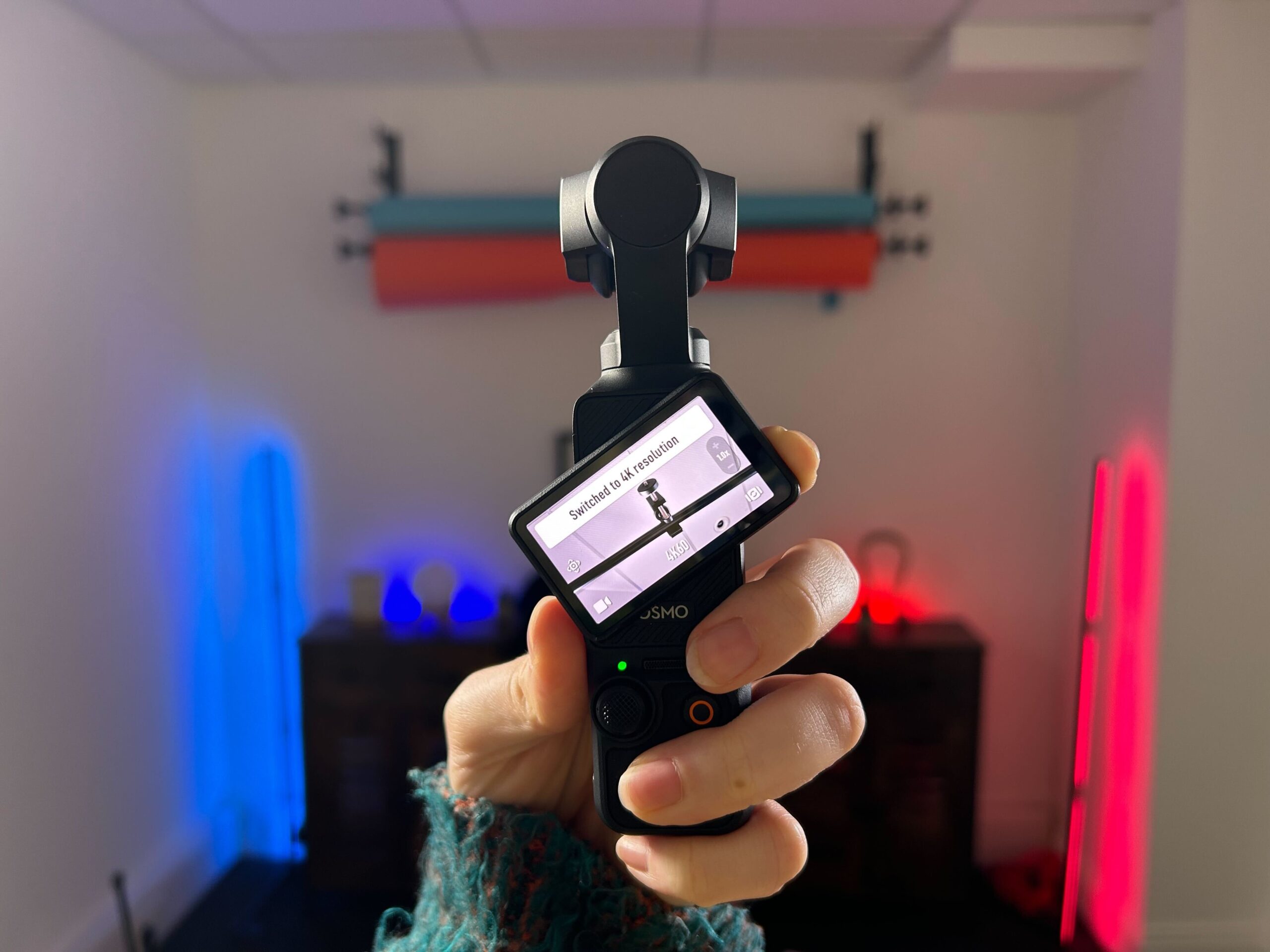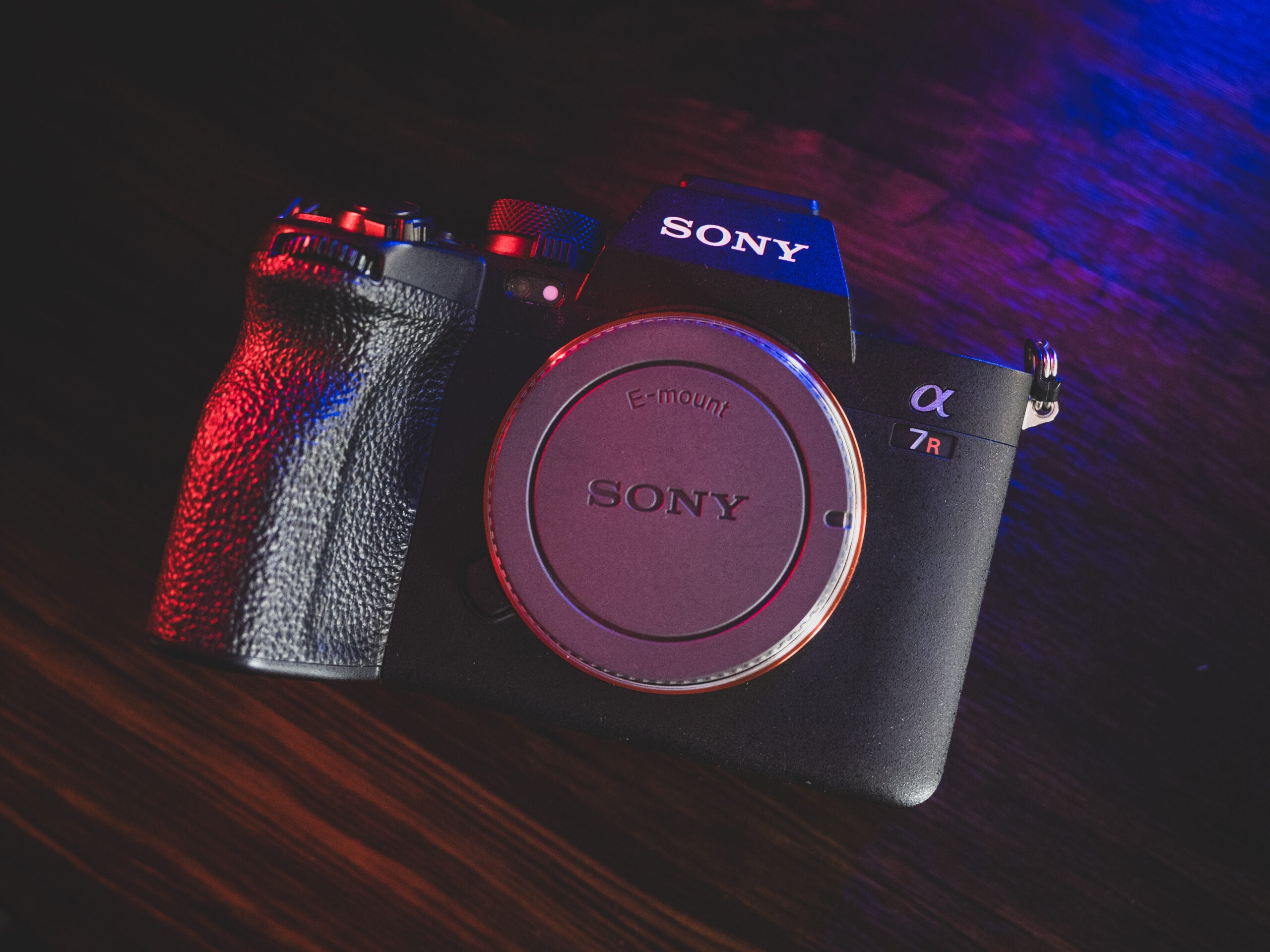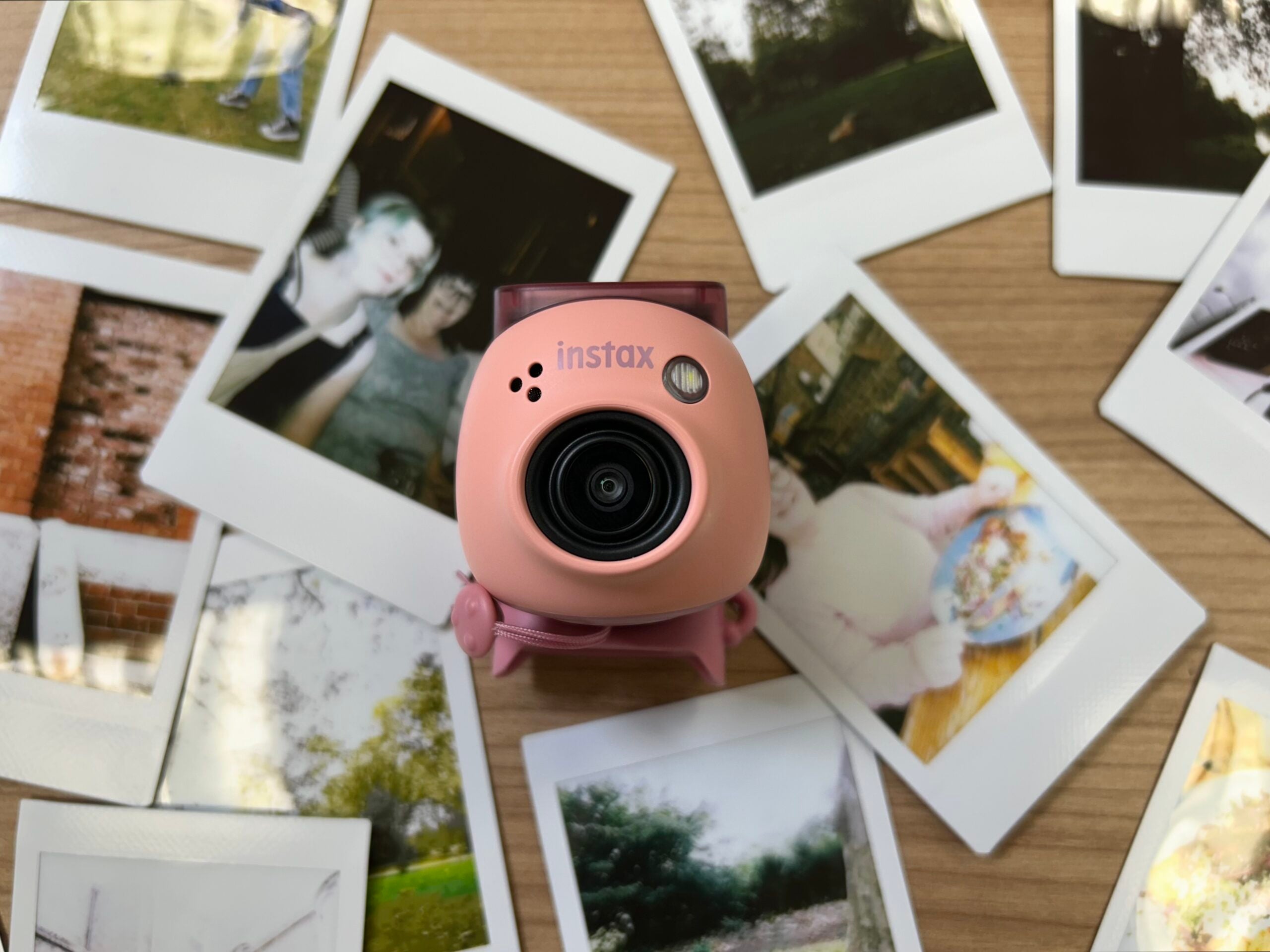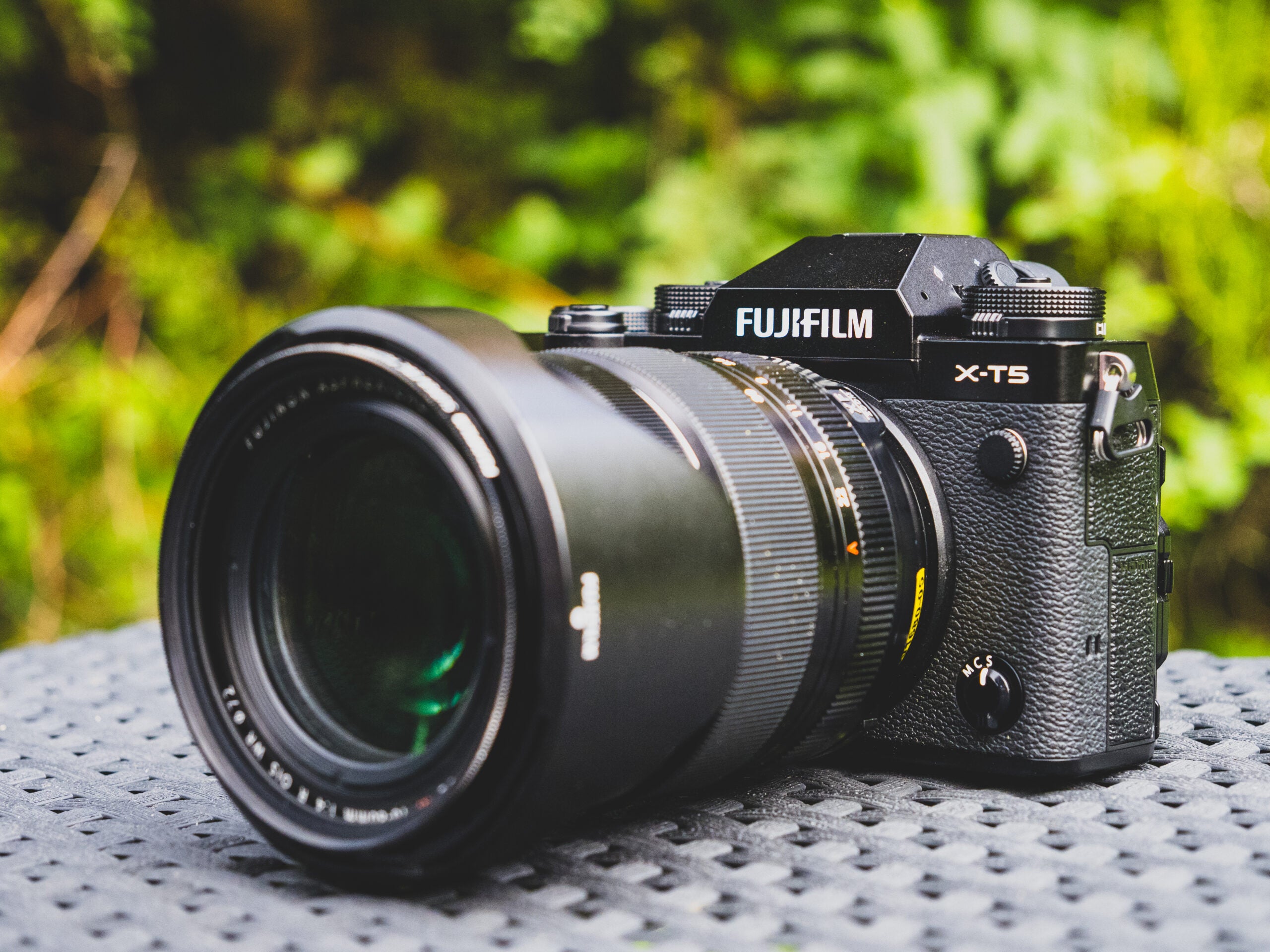Sony ZV-1F Review
A great entry-level vlogging camera
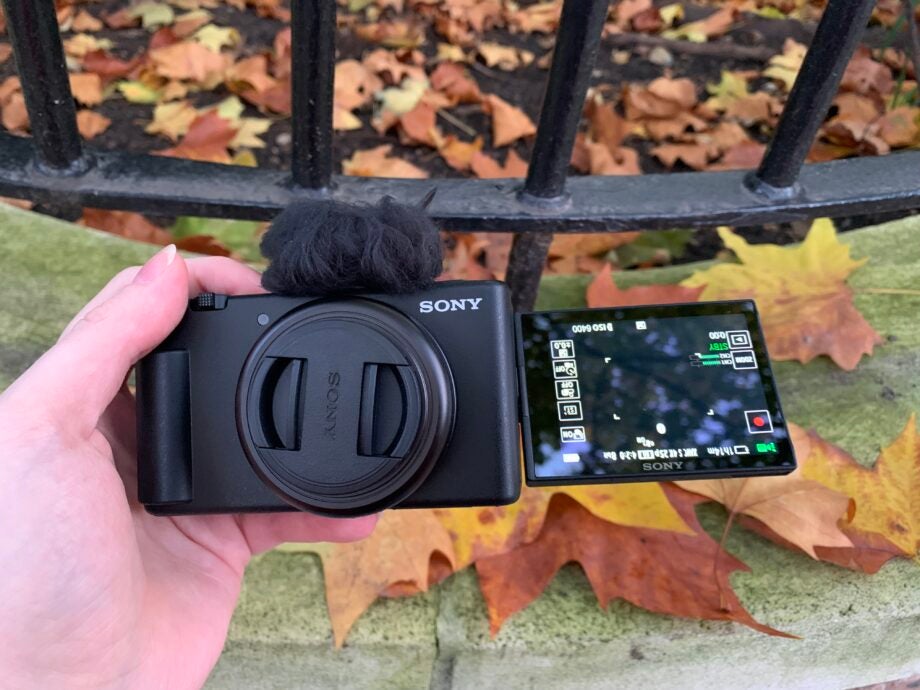

Verdict
The Sony ZV-1F is a great entry-level vlogging camera capable of producing sharp and vibrant 4K videos out of the box with very little effort. However, I wouldn’t recommend the camera to anyone looking to expand beyond the simple controls and fixed lens.
Pros
- Bright 4K video
- Beginner-friendly touch controls
- Useful vlogging features
- Small, lightweight body
Cons
- 4K is only supported at 30p
- Limited zoom
Availability
- UKRRP: £550
- USARRP: $499
Key Features
- 20.1-megapixel sensorThe same 1-inch sensor found in the ZV-1
- 4K/30p videoOr FHD at up to 120p
- Vari-angle display3-inch TFT LCD touchscreen
- Wider lensFixed 20mm f/2.0 lens
Introduction
Sony has been carving out a space in the entry-level vlogging scene since it launched the ZV-1 in 2020.
Since then, the company has introduced two more cameras to the series. It added the ZV-E10 with an interchangeable lens mount in 2021 and, more recently, it announced its most beginner-friendly model yet, the ZV-1F.
As with every camera in this series, Sony’s goal for the ZV-1F is to bridge the gap between smartphone and camera, delivering a larger sensor without undermining the convenience that shooting on a phone offers.
The ZV-1F is Sony’s cheapest vlogging camera yet, but for anyone still using their phone to make YouTube videos and TikToks, is it an upgrade worth making?
Design
- The ZV-1F has a small and lightweight body
- It has a 3-inch vari-angle display with touch controls
- The built-in mic captures clear audio and comes with a wind screen in the box
The Sony ZV-1F is an incredibly compact and lightweight vlogging camera, fitting in one hand and weighing just 256g with the battery and memory card factored in. That’s even lighter than the 294g ZV-1.
The small, plastic grip doesn’t offer a lot of reassurance, but you won’t be attaching any heavy lenses to this camera so that shouldn’t be a problem. There’s also no weather sealing, so you won’t want to take it out in a storm.
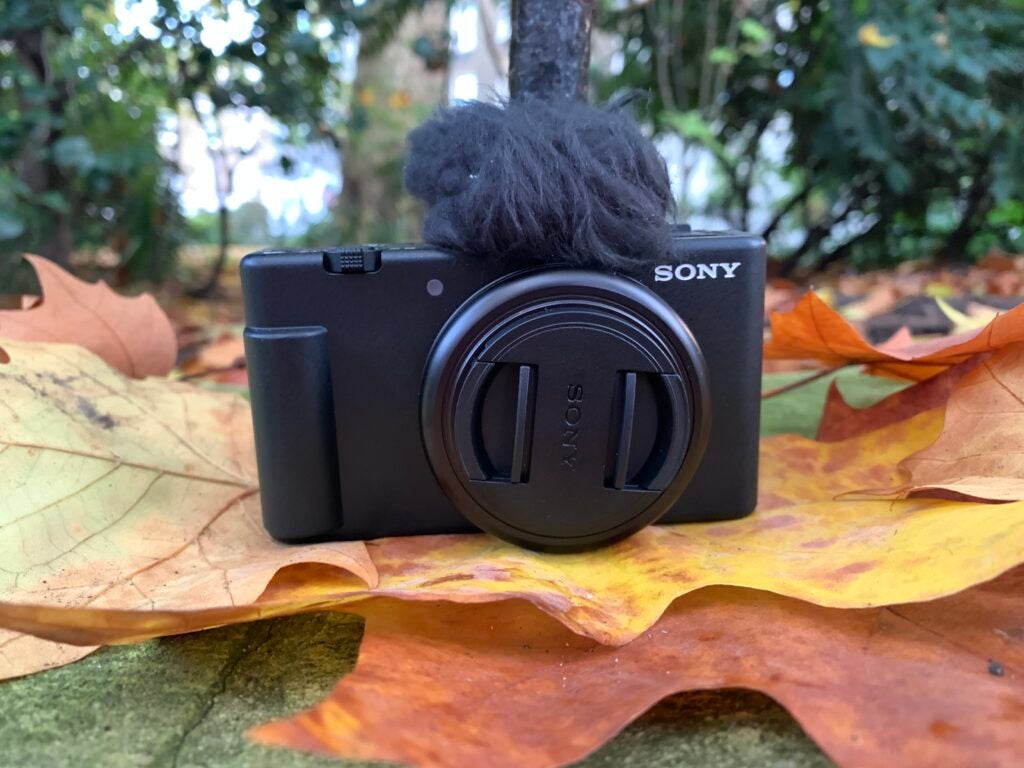
Unlike the ZV-E10, which was differentiated from the ZV-1 by its interchangeable lens mount, the ZV-1F sticks with a fixed 20mm prime lens.
The controls are similarly simplistic, with only a handful of buttons on the back of the camera and the majority of the controls reserved for the touchscreen. This includes the physical bokeh switch, allowing vloggers to blur the background with the press of a finger.
Otherwise, Sony has focussed on making the ZV-1F as approachable as possible to lure in those looking to transition from a smartphone. This includes offering more touch controls instead of crowding the camera with a plethora of buttons and dials.
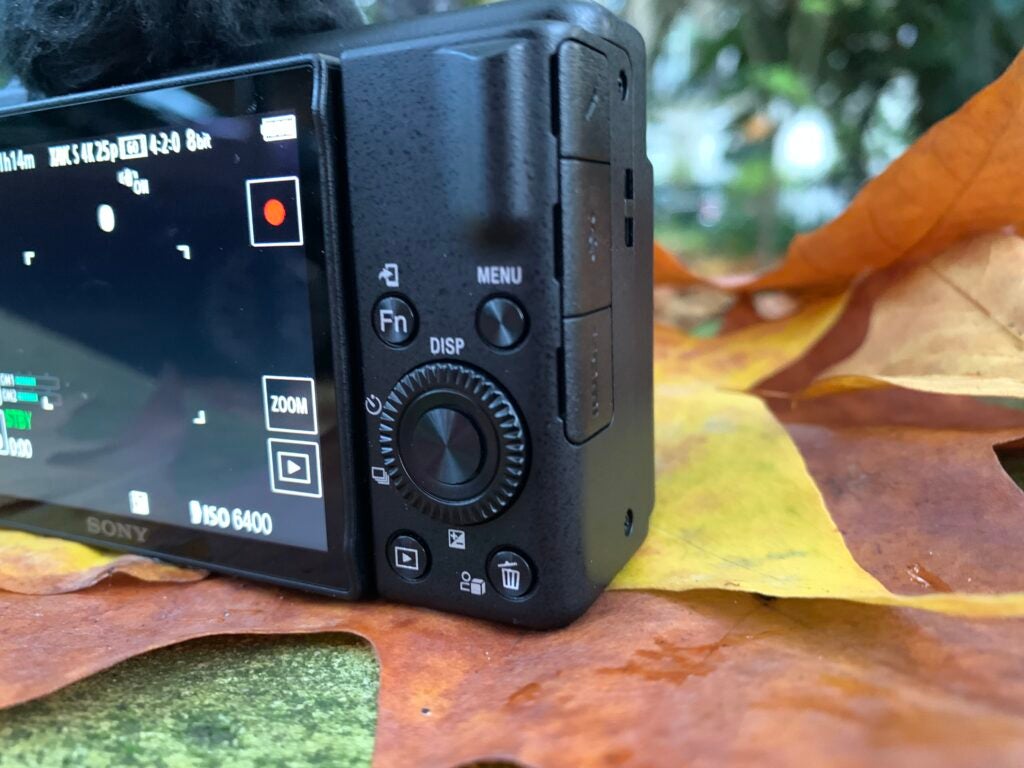
The 3-inch LCD touchscreen has a vari-angle design, meaning you can flip it out and rotate the screen to record yourself or tilt it to get a better view of your subject from high up or down low. There’s also a red border around the screen that lets you know when you’re recording so you don’t need to worry about missing any footage.
You can use the touch controls to zoom and focus your image as you would on a smartphone, or swipe up from the bottom of the screen to access a limited menu. This is a feature that recently debuted on the high-resolution Sony A7R V that makes it possible to adjust camera settings on the vari-angle display when you’re in front of the lens. However, I did find the feature to be a bit slow and even unresponsive at times on the ZV-1F, which was frustrating.
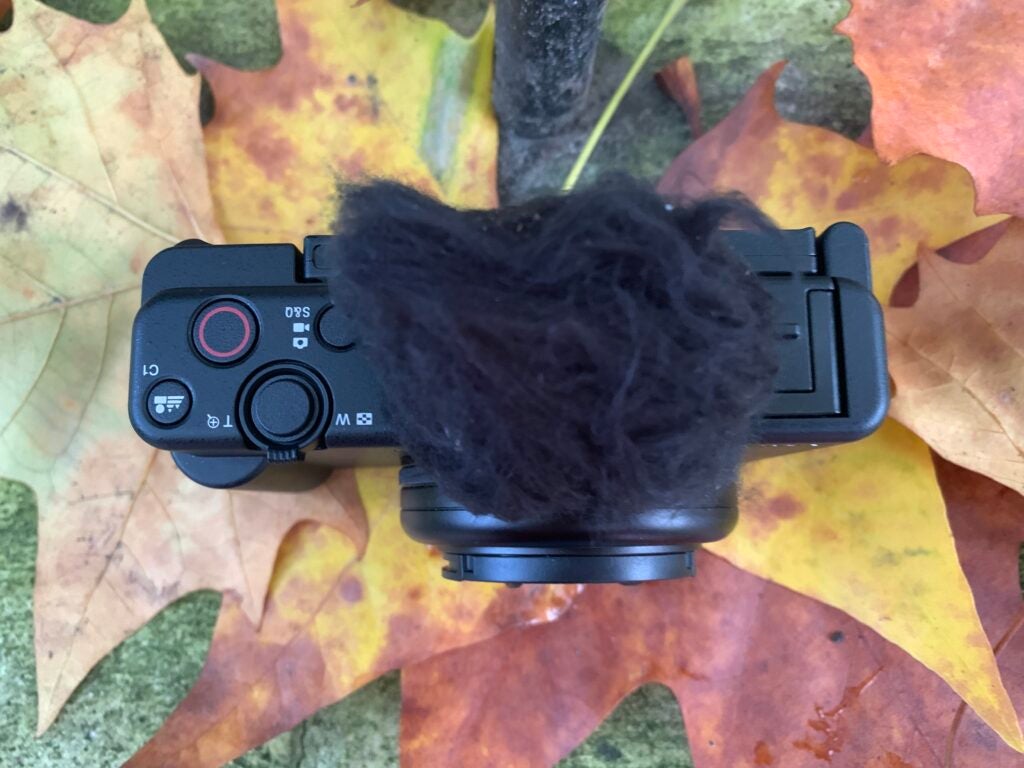
The ZV-1F has a directional 3-capsule microphone built in, which I found captured crisp and clear audio both indoors and outdoors. There’s also a wind screen in the box and the camera is compatible with external mics, though Sony has opted to install a cold shoe over a hot shoe meaning you won’t be able to mount an external flash.
That said, I was happy to see that Sony had finally made the jump to USB-C on the ZV-1F, as the ZV-1 currently charges with the dated Micro USB.
Features
- The Eye AF is quick and accurate
- There’s EIS but it’s limited
- The bokeh switch makes blurring backgrounds easy
As with its other ZV series cameras, Sony has packed a mix of standard features and more standout vlogging tools into the ZV-1F.
The Eye AF does a great job of detecting human and animal eyes and I liked that I was able to tap on the screen to quickly select and track different subjects. It’s a good thing that the autofocus is fast and accurate as Sony has made using the manual focus a bit of a hassle. I found I had to dive into the settings and use the zoom toggle to set the focus myself.
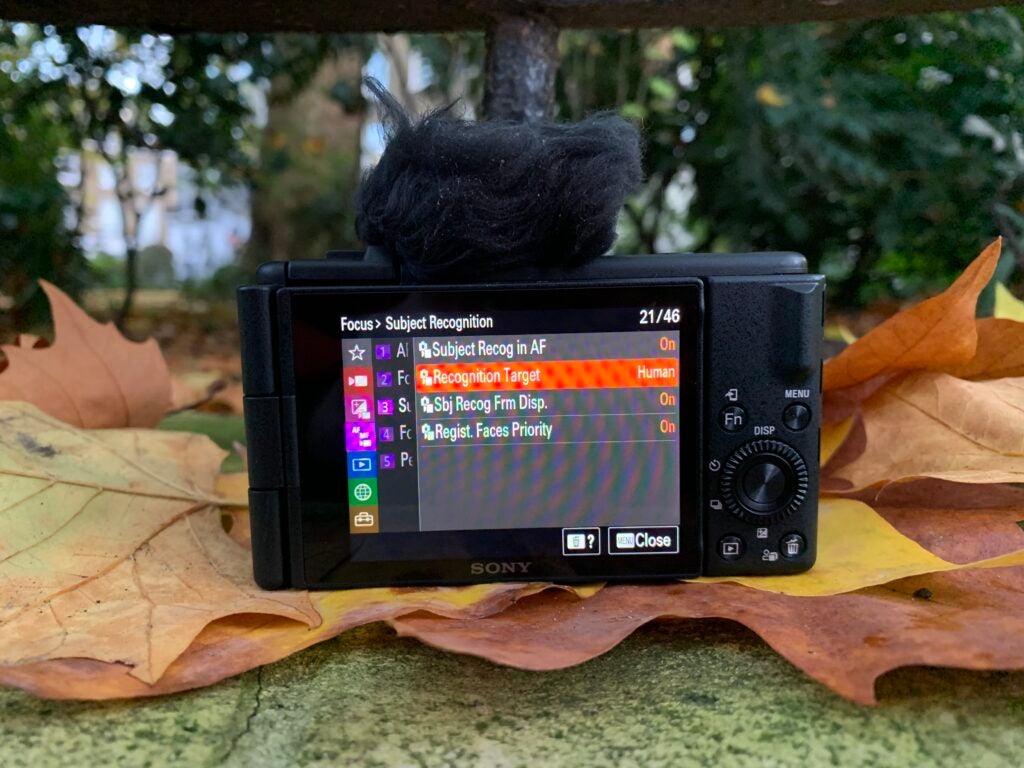
The camera also comes with electronic image stabilisation with the Active mode which helps to limit the effects of shaky footage. I found it was effective, though it can’t begin to compete with the stabilisation on an action camera like the GoPro Hero 11 Black.
That said, when it comes to vlogging features, it’s hard to beat the convenience offered by Sony’s ZV series.
The Soft Skin Effect has varying degrees of intensity, allowing you to smooth out skin in-camera without making it look unnatural. Likewise, the Face Priority AE mode ensures your face is bright and clear as you vlog.
The bokeh switch makes blurring backgrounds a one-step process rather than requiring you to lower the aperture manually. This is one of my favourite features and makes putting the focus on your subject as fast and easy as pressing the portrait button on your phone would be. It also allows you to create some beautiful light effects with Christmas lights in the evening.
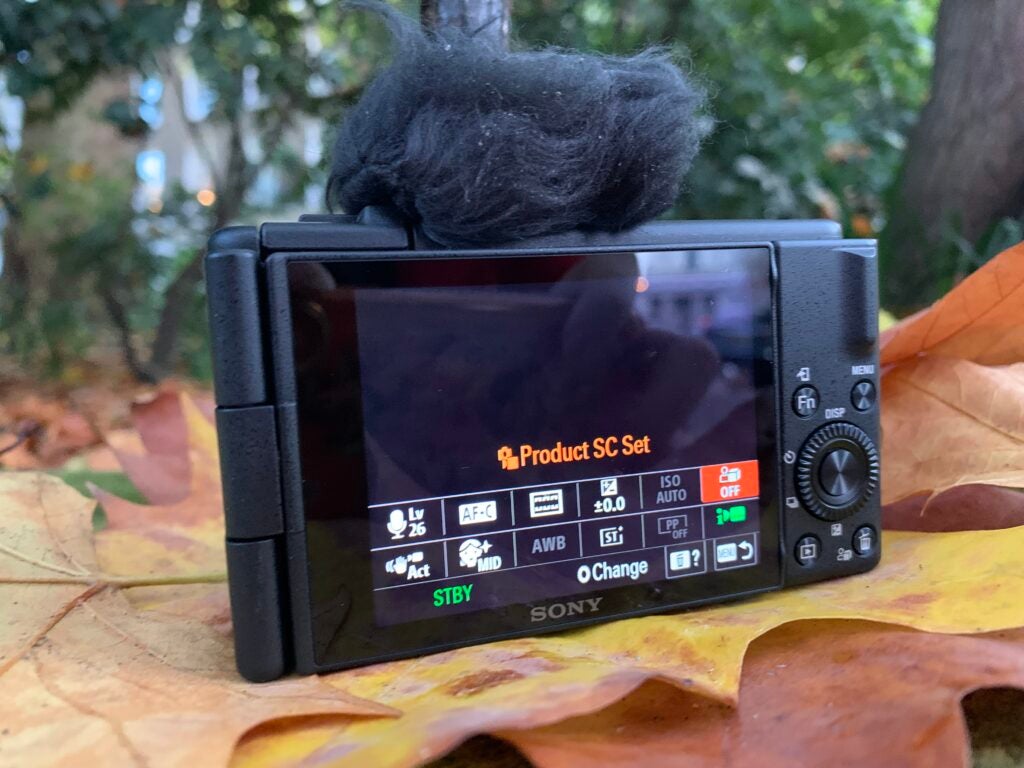
Another useful feature for influencers and reviewers in particular is the Product Showcase mode, which allows the camera to refocus faster when you hold an object up to the camera. I held a variety of objects up to the lens to test it and, while the switch in focus wasn’t immediate, it was significantly smoother and more accurate than when I did so with Product Showcase mode off.
On top of these features, there’s also the XAVC S codec to minimise file sizes, support for both Standard and Log formats for greater flexibility when editing and 10 colour presets with the Creative Look filters.
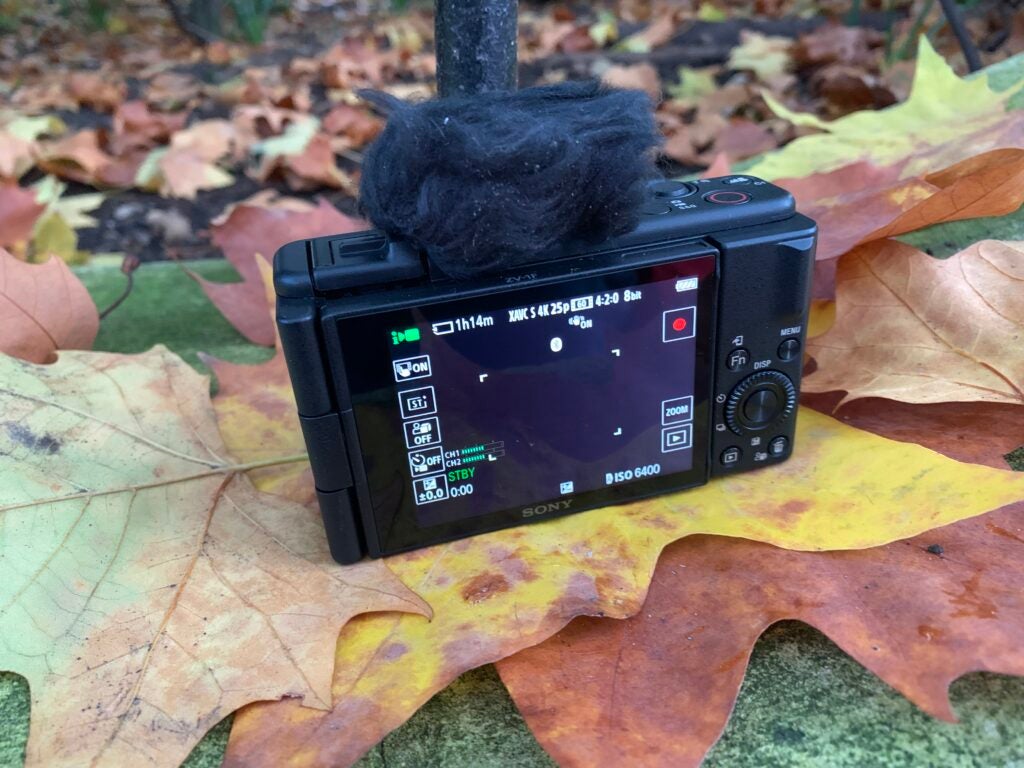
The battery life on the ZV-1F was able to shoot 70 stills and capture plenty of 4K footage during a full day walking around Central London without breaking a sweat and I’m sure it could have gone longer had I continued shooting.
Finally, for those who like to edit and upload video from their phones, there’s the new Imaging Edge+ smartphone app. I used the app to import photos and videos to my phone, but you can also use the app to control the camera remotely.
Image and video quality
- 4K video is limited to 30p
- Images and video are saturated with good contrast and detail
- It doesn’t have the interchangeable lens mount found on the ZV-E10
When it comes to image and video quality, the ZV-1F produces sharp and vibrant results out of the gate, but the versatility of the camera is limited by its fixed lens.
The ZV-1F is capable of shooting in 4K but the frame rate is limited to 30p, meaning you won’t get the same smooth footage you’ll get from the lower resolution FHD/120p setting. This also means you can’t record slow-motion video using the Slow & Quick button in 4K.
These limitations aside, I found videos captured with the ZV-1F to be beautifully saturated and packed with a good amount of detail from the waves in the water to the tiles in the roof of a museum.
There’s a decent amount of contrast, too. The blacks are deep and the whites bright and I found the exposure adjusted itself when the camera was pointed upward, ensuring that the sky is blue and the clouds were distinct and not blown out.
I particularly liked how easy it was to blur backgrounds with the bokeh button. Not only is it an easy way to keep the focus on your face during vlogs, but it also creates a pretty diffused look when aimed at string lights at night.
That said, the quality definitely suffered a bit in low light, with images becoming visibly noisy in the dim warm lights of a dumpling restaurant.

Photos are similarly vibrant and, while the detail can’t compare with that captured by some of the pricier stills-first cameras on our best cameras list, the results are sharp enough to appease anyone looking to snap some quick selfies in between vlogs.

The lens is also wider than the one found on the ZV-1, which should make it easier to squeeze multiple people into the frame.


However, the ZV-1F’s zoom capabilities are quite limited, with the digital zoom only able to go up to 4x.
This might not be a problem if you’re just filming day-to-day vlogs, but it is an area in which the camera falls short in comparison to the ZV-E10 as it doesn’t have an interchangeable mount to swap out the 20mm prime lens for one that can get closer to your subject.

I also noticed that purple splotches appear in my images when the camera was pointed in the direction of the sun on a particularly bright day, as you can see on the pigeon below. I didn’t notice this type of lens flare occur in any other circumstances, but it’s something worth noting if you plan on shooting in more challenging lighting conditions.
Latest deals
Should you buy it?
You want to upgrade from your smartphone: If you’re looking to capture bright 4K video and soft bokeh but love the ease of your phone camera, the simple controls and touch capabilities on the ZV-1F will make this switch feel remarkably intuitive.
You want smooth 4K/120p video: This camera forces you to choose between the sharpness of 4K and the smoothness of 120p.
Final Thoughts
If you’re in the market for a compact and lightweight camera for making videos, the ZV-1F is the most affordable Sony vlogging camera yet and it captures sharp and vibrant 4K videos.
The best thing about this camera is its accessibility. Everything from the touch controls to autofocus to bokeh is designed to be as easy to use as a smartphone, meaning there’s very little learning curve to contend with if you haven’t used a camera before. You don’t need to have owned a camera before to pick up the ZV-1F and start shooting.
In that same vein, the limited manual settings and the fixed lens will feel more limiting if you’re used to experimenting with the settings and lenses on a more advanced camera.
For this reason, I’d recommend the ZV-1F for beginners or one of our other best vlogging cameras if you’re looking to have more creative control over your video. If you’re somewhere in between, the ZV-E10 offer the same Sony features with a larger sensor and the flexibility to switch out your lenses.
How we test
We test every camera we review thoroughly. We use set tests to compare features properly and we use it as our main device over the review period. We’ll always tell you what we find and we never, ever, accept money to review a product.
Used the camera for a week
Captured both photos and video with various settings
Tested the camera’s performance in low light
FAQs
The camera launched in October 2022.
This camera can be used to take photos, but it’s primarily a vlogging camera.
The ZV-1F comes with a 1-inch, 20.1-megapixel EXMOR RS CMOS sensor.

